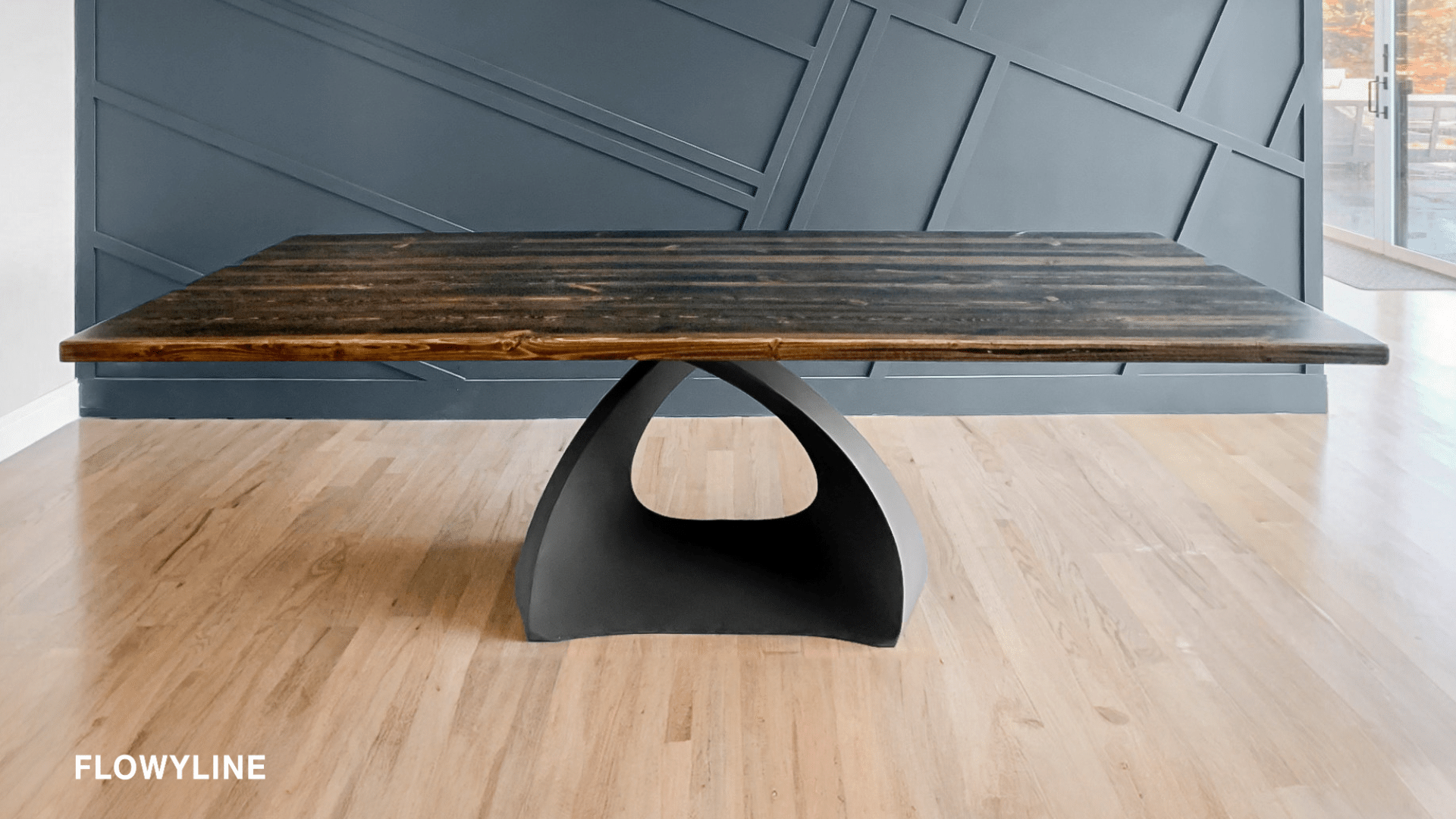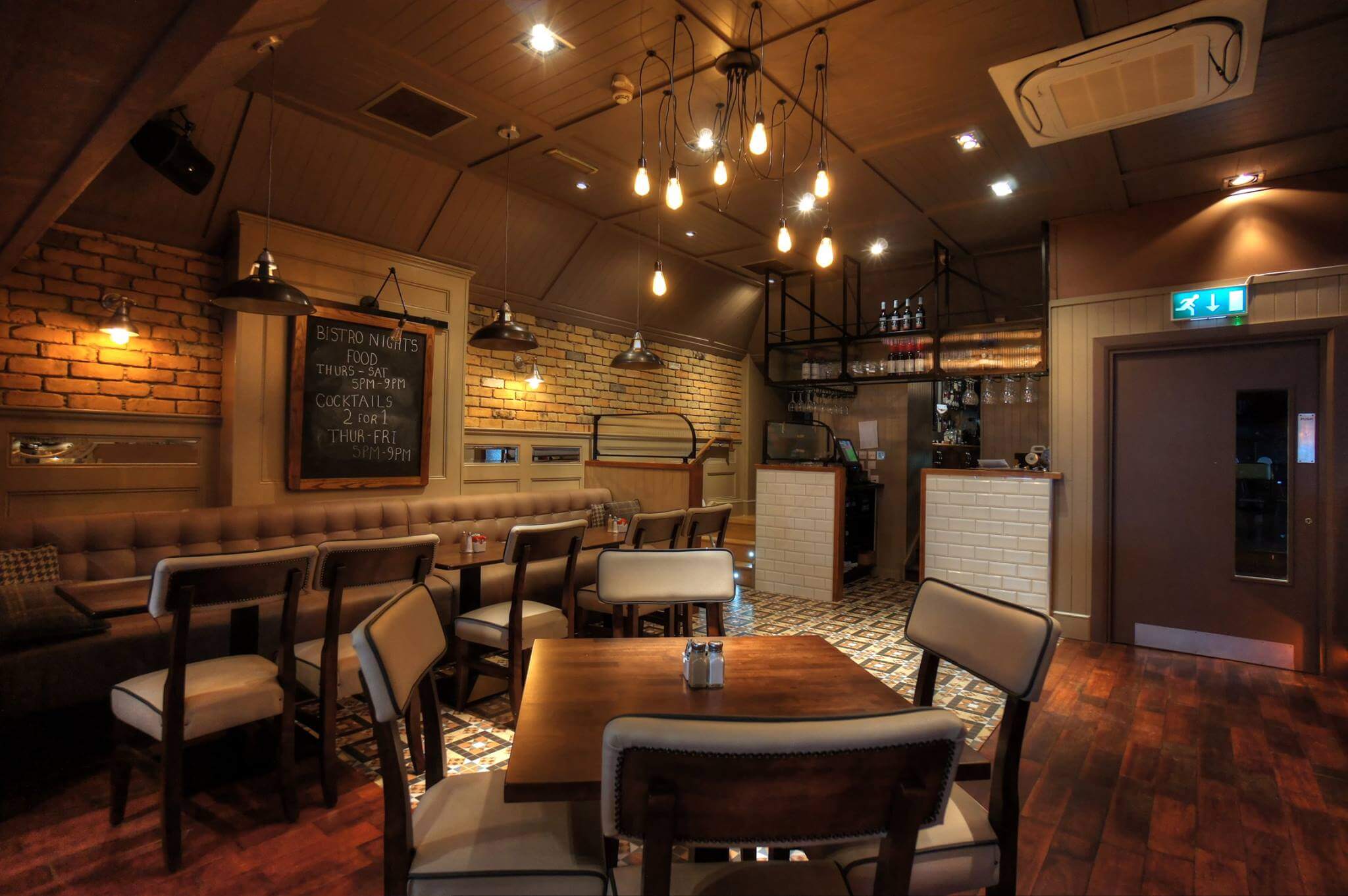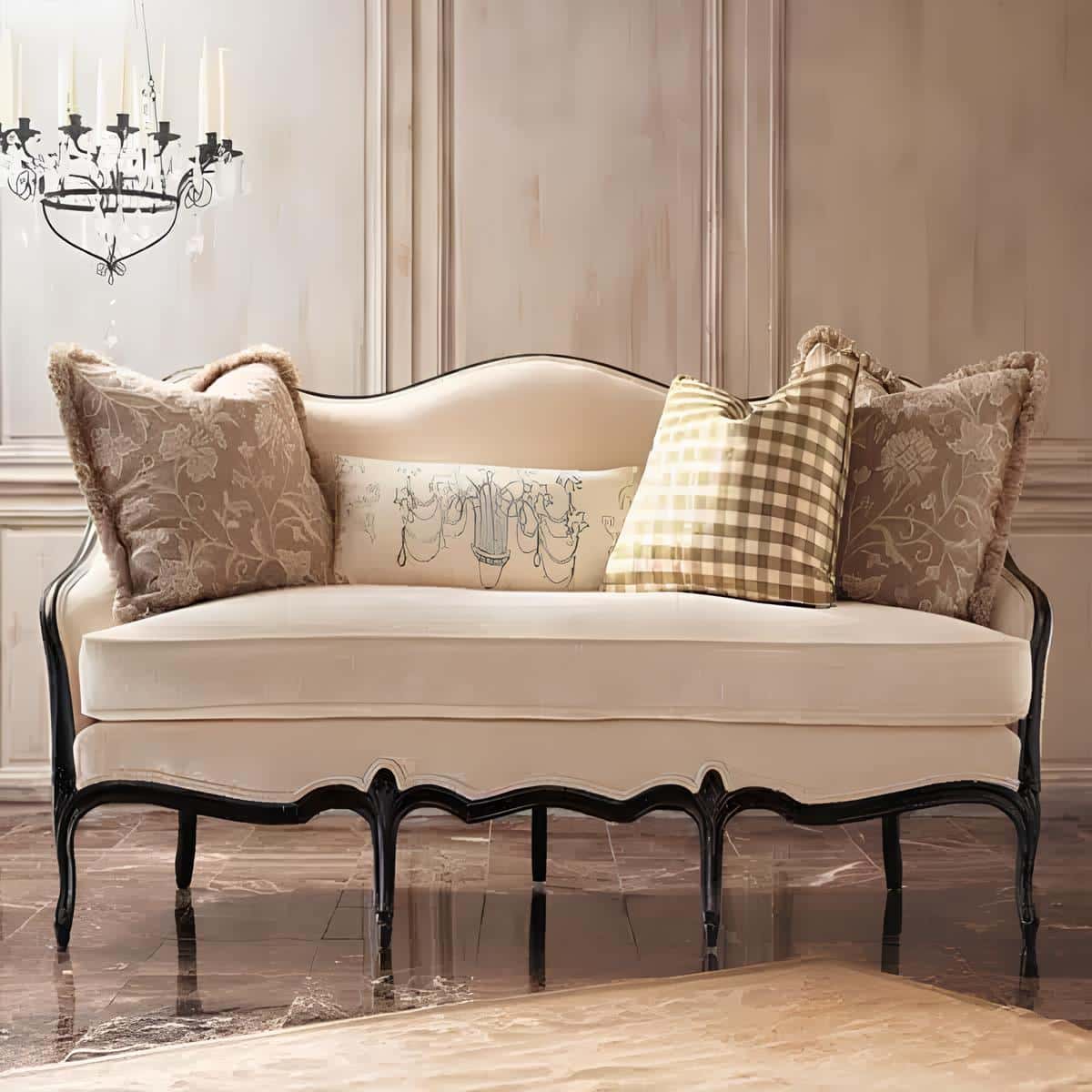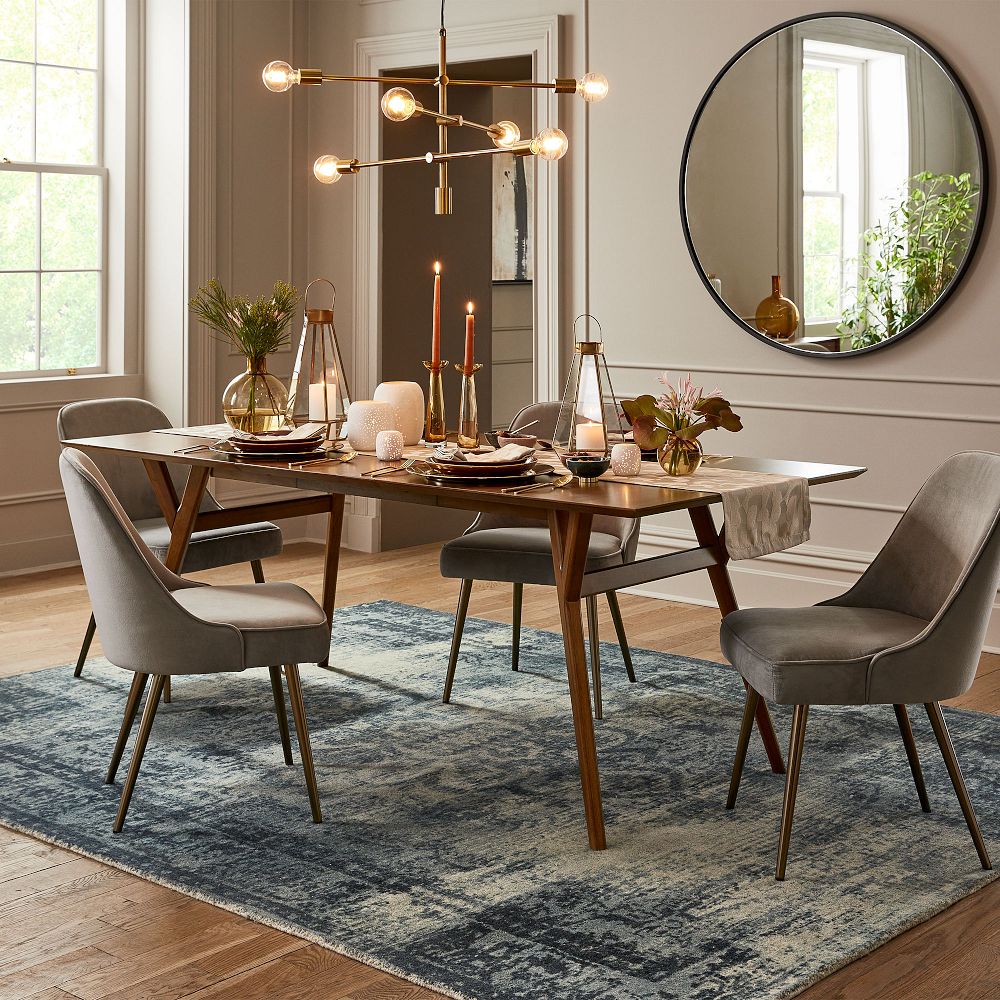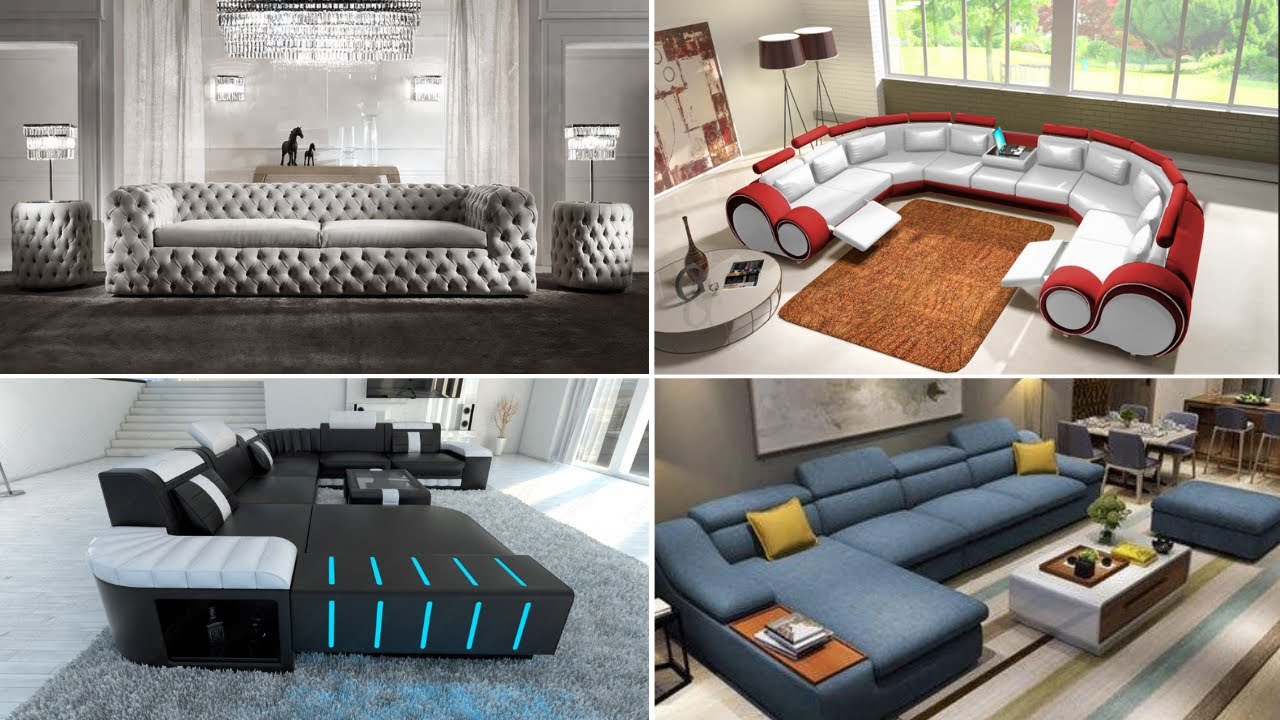What You Need to Know About Metal Table Base
Metal table bases contribute incredibly to the overall interior style but are often overlooked. And metal table bases are often confused with metal table legs because they have many similarities. This article will cover the basic things you need to know when choosing a metal table base as well as the differences compared to metal table legs.
The Importance of Metal Table Base in Living Space
- Stability: The metal table base provides maximum support for a variety of table tops, even large and heavy table tops, helping the table to balance and avoid shaking or tipping when there is a strong impact.
- Durability: Metal is a popular material today because it is built to last for many years. Unlike wood, it’s resistant to warping, cracking, and everyday wear and tear.
- Space-saving: Table bases focus on support in the center of the table, so they usually only consist of 1 to 2 pieces, taking up less space than 4-legged table legs. You’ll have more legroom and can add more chairs around the table.
- Aesthetics: The variety of designs and materials that the table base possesses makes it easy to coordinate well with many different interior styles, from classic to modern.
Common Types of Metal Used in Table Bases
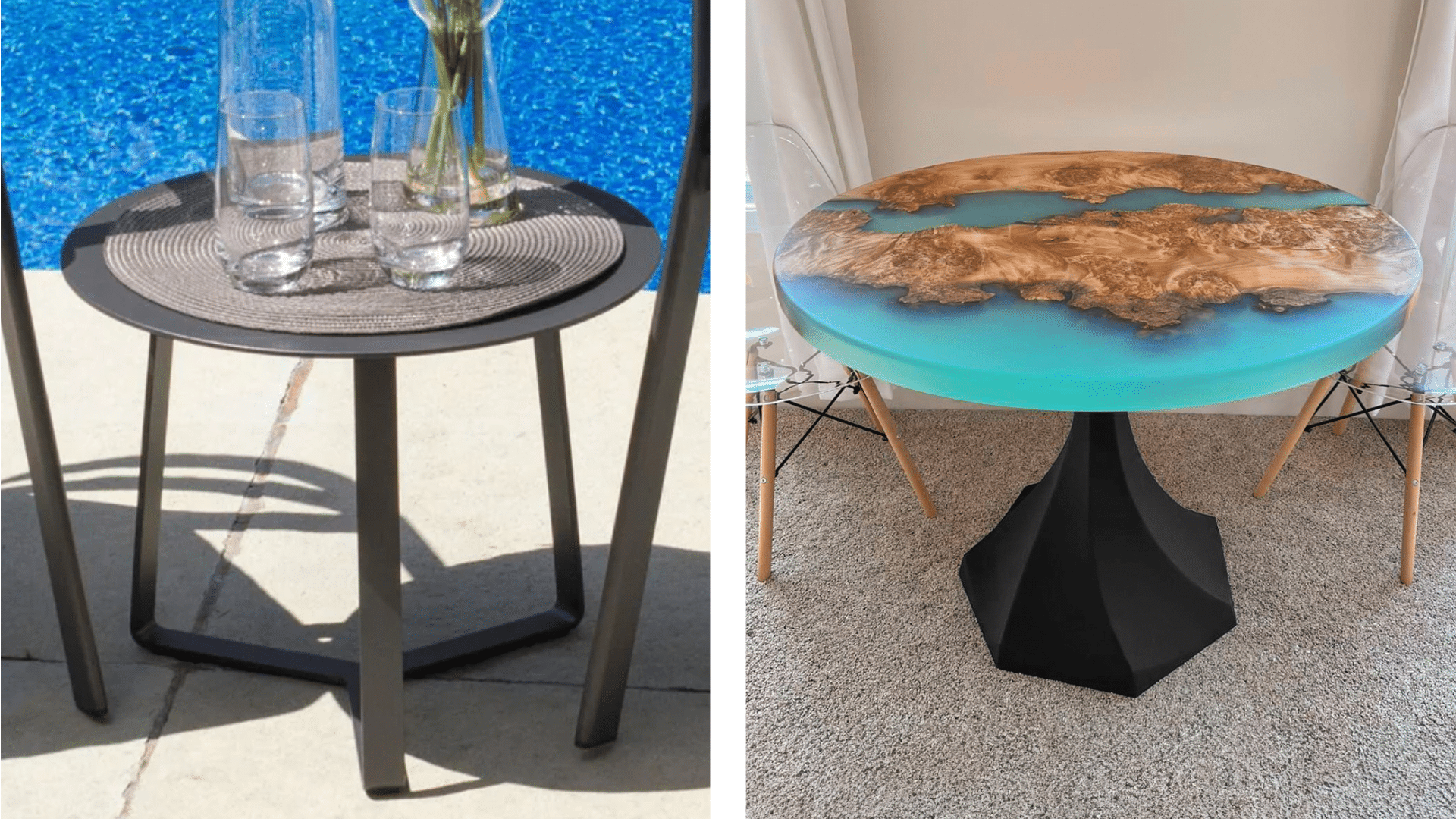
- Cast iron: With outstandingly sturdy, stable properties and a classic, industrial design. This material is perfect for making bench legs and solid iron tables outdoors but in not too harsh weather conditions. The main disadvantage of cast iron is that it is a relatively pure form of iron, so it is heavy, expensive, and subject to corrosion at the hands of moisture and air.
- Stainless steel: It is known for its strength and versatility because it can be easily molded into beautiful and delicate shapes and styles, used both indoors and outdoors. Rust resistance is a prominent factor that many people are interested in, especially type 316, known as marine grade stainless steel. The downside is that it is not as durable as iron, scratches more easily and can be quite expensive.
- Aluminum: Thanks to its lightweight and corrosion-resistant properties, aluminum is often popular for outdoor furniture and can be easily moved depending on the intended use. Less durable than other metals, such as steel and iron, is the main disadvantage of aluminum.
Choosing a Metal Table Base for Your Needs
Purpose of the Table
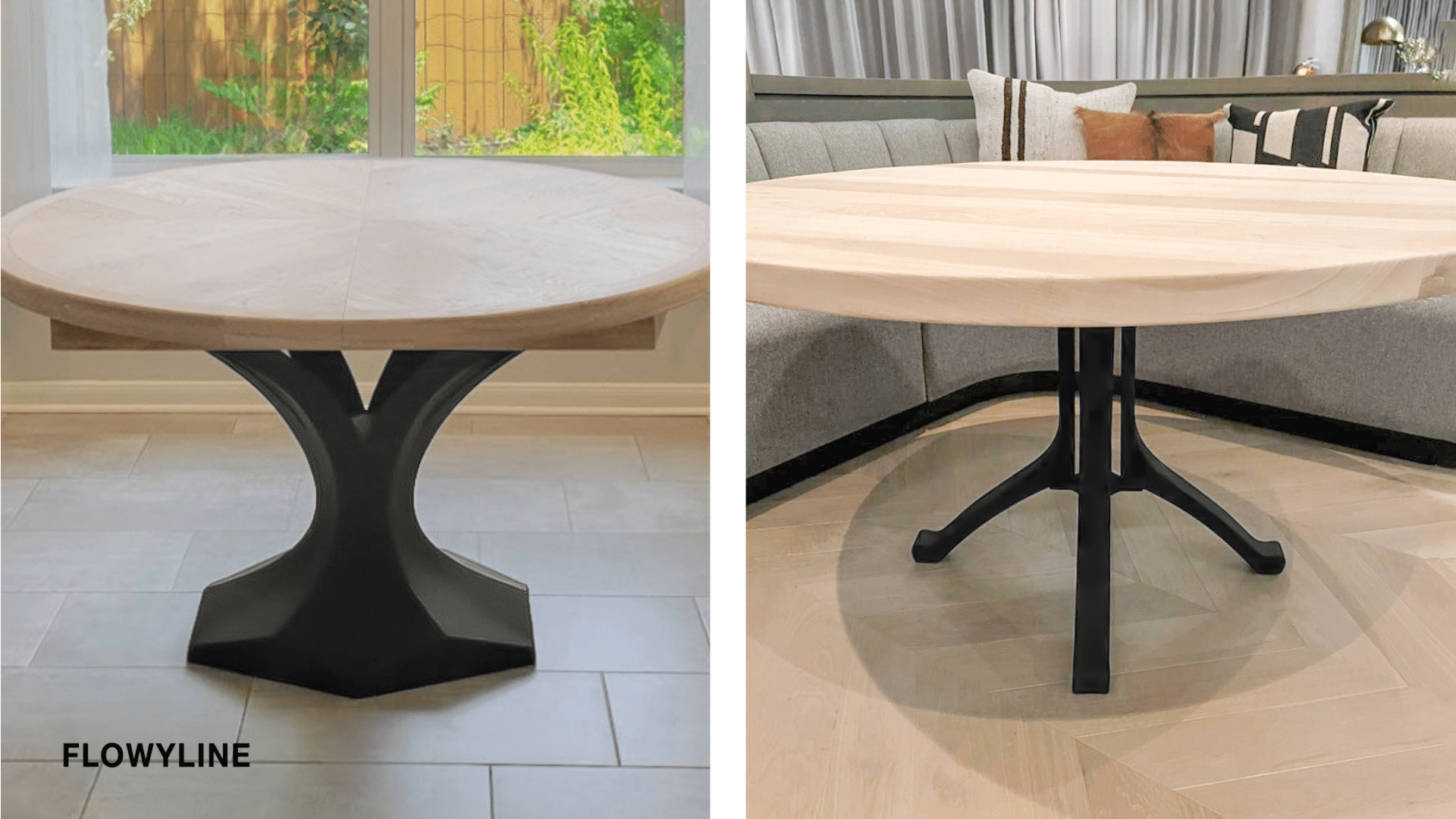
In addition to choosing the appropriate material, you should also clearly understand what purpose you need the table for, because dining table dimensions will be different from coffee table dimensions. For example:
- Dining table: Prioritize stability, legroom, and weight capacity to ensure comfortable meals.
- Coffee table: Focus on style, appropriate height, and a balanced design that won’t overpower a living room.
- Console table: Highlight table legs are beautiful but not too bulky for narrow spaces.
- Outdoor table: Rust-resistant and weatherproof materials like aluminum or powder-coated steel are essential.
Other Factors
- What is the overall style of your current space? (modern, traditional or industrial)
- What kind of material is your tablet made of? (wood, glass, marble). Is it appropriate to add metal legs?
- Do you prefer simple or unique metal legs?
- Do you need the base to be adjusted?
- Are you a busy person or love cleaning household items? (fingerprint-resistant finishes, ease of cleaning)
- How much are you willing to spend on a table base?
- Are you planning to keep the table indoors or outdoors?
- Do you plan to use just one table for many different purposes?
Difference Between Metal Table Base and Metal Table Legs

Metal table bases and metal table legs have many similarities, so many people mistakenly think they are the same. Now let’s take a look at the basic differences!
Structure and Stability
A metal table base possesses 1–2 unified structures that act as the foundation for the entire table. A pedestal base with a central column or a trestle base with connected beams are typical examples. This design, therefore, offers outstanding stability, making it ideal for large or heavy countertops.
Metal table legs include individual legs, usually four, that are attached directly to the underside of the tabletop, providing a clean, minimalist look. However, they can be prone to wobbling if they are not well built or if the tabletop is heavy.
Installment
Metal table bases may require more assembly, depending on the design. Metal table legs are generally easier to install and suitable for your creative DIY projects.
Price
Metal table bases are usually more expensive due to their larger size and potentially intricate design, while metal table legs are typically more affordable, especially for simple leg styles.
By understanding the various types of metal and factors to consider before buying, such as intended use and style compatibility, you can now confidently choose your ideal metal table base. Now it’s your turn!

